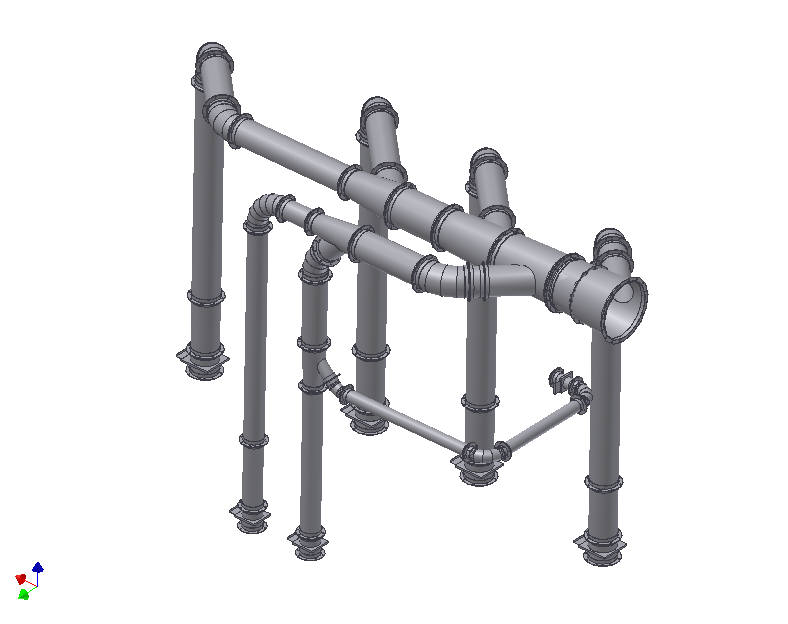Steel Building Insulation
Steel building insulation has really come of age. Sheet steel has been used for years because of its excellent durability and economy, but nowadays you can combine steel cladding with insulation, vapour barrier and high tech plastics and you get many more benefits that can reduce ownership cost for both existing and new building construction
Retrofitting an old concrete and steel apartment building with composite rainscreen steel building insulation panels can alleviate water infiltration issues that lead to millions of dollars on concrete repairs. The added insulation and vapour barrier can close the building envelope to reduce hydro and gas heating costs. As well Some materials such as Zinc cladding are guaranteed for 500 years !
New buildings benefit from composite panel use through LEED certification guaranteeing the reduction in building operating costs.
Colouring
Steel building insulation panels can also be prepainted in virtually any colour making it possible to match colour schemes with architects requirements. Cladding is often painted in corporate colours, making it possible for the whole building to become part part of the branding strategy. In private and retail buildings, the cladding colours can be made to compliment the existing aesthetics.
It is difficult for different lots of sheet steel to have exactly the same colour so they should be purchased all to gether. New lots can be introduced at elevation changes and the effect of light should be considered to make sure that the use of different lots is not noticeable.
Shapes and Aesthetics
It is adaptable to curved and angled surfaces. Can be used to complement existing building materials. Has a distinctive patina
Economy
Sheet steel is cheap and completely recyclable. It is lighter and more easily handled than masonry materials. Plain steel cladding been used for garages, warehouses and sheds for years but in europe it has been used for many years in composite panels. The panels when are with materials such as zinc cladding as well as steel with integrated insulation and rainscreen. These panels are designed to improve apon or completely replace thick masonry construction.
Thickness
Steel cladding should be specified in decimal inch thickness rather than steel guage to ensure the proper thickness is provided per structural steel loading requirements. The problem with specifying steel by a guage number is that multiple guages table are still in use and there is possibility for confusion as to the actual thickness. Manufacturers have developed tables to help engineers select the most economical thickness to match structural and loading requirements
Corrosion Protection
Zinc and aluminum coatings are both used on steel cladding as cathodic or sacrificial protection. Both zinc and aluminum develop a coating which inherently protects the base steel from corrosion. The zinc or aluminum sacrifice their surface to protect the steel. The discoloring of zinc or aluminum can actually result in a pleasing patina much like the green finish that occurs with copper cladding.
Paint coatings are often combined with zinc and aluminum coating to provide colour as well as total protection against moisture. Prefinished coatings are the strongest for severe conditions and are applied in a multi step process before operations such as roll forming
Installation
Steel cladding is available in standard shapes to make installation as simple as possible. Its also posible to custom make shapes in the field with exisiting portable press brake machines. Some types of cladding such as Zinc cladding is difficult to cold form or press brake in cold temperatures. The material can crack. Proper planning can alleviate this.



